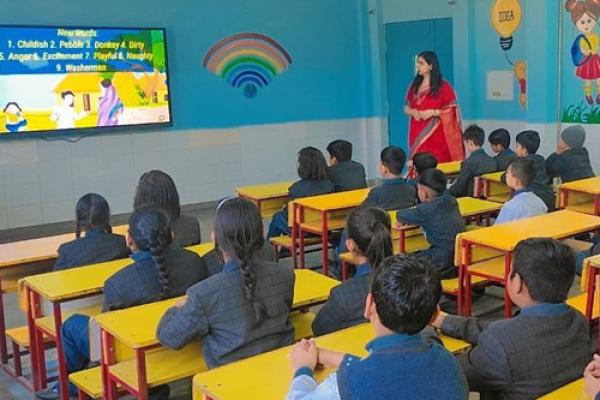
From Chalkboards to Chromebooks: Embracing Modern Learning
- Naveen
- Jul 09, 2025
- 0
The classroom has undergone a radical transformation. Gone are the days when dusty chalkboards and overhead projectors ruled the school day. Today, sleek Chromebooks, interactive whiteboards, and cloud-based learning platforms are redefining what education looks like. But this shift isn’t just about tools—it’s about mindset, opportunity, and preparing students for a digital future.
The Digital Evolution of the Classroom
Technology in education isn’t a novelty anymore—it’s a necessity. From kindergarten to high school, digital literacy is now a foundational skill. Students research online, submit assignments through learning management systems, and even collaborate with peers across the globe.
Key shifts we’ve seen:
-
From passive to active learning: Technology empowers students to be creators, not just consumers.
-
From one-size-fits-all to personalized learning: Adaptive software can tailor instruction to each student’s pace and level.
-
From isolated classrooms to connected communities: Tools like Google Classroom and Zoom have expanded learning beyond school walls.
Chromebooks: The New Classroom Companion
Lightweight, cost-effective, and user-friendly, Chromebooks have become the go-to device in many schools. With easy access to Google Workspace for Education, they support everything from writing essays to conducting virtual science labs.
Benefits:
-
Fast startup and cloud-based storage
-
Seamless integration with educational tools
-
Ideal for remote and hybrid learning
The Role of Teachers in a Tech-Rich Classroom
Despite all the advancements, one truth remains: technology can never replace a great teacher. Instead, it enhances their ability to connect, differentiate instruction, and create engaging experiences.
Teachers today are:
-
Facilitators of inquiry, not just deliverers of content
-
Tech integrators who bridge traditional and digital tools
-
Digital mentors who model responsible and ethical technology use
Challenges and Considerations
The shift to digital learning isn’t without its hurdles:
-
Digital divide: Not all students have equal access to devices or reliable internet at home.
-
Screen time concerns: Balancing digital learning with offline activities remains crucial.
-
Professional development: Teachers need ongoing support to stay current with evolving tools.
Addressing these challenges requires thoughtful planning, investment in infrastructure, and a commitment to equity.
Preparing Students for the Future
Modern learning isn't just about using devices—it's about developing the skills students need to thrive in a tech-driven world:
-
Critical thinking and problem-solving
-
Collaboration across platforms
-
Digital citizenship and media literacy
-
Adaptability in a rapidly changing environment
These skills are just as important as academic content and are best developed through real-world, tech-integrated learning experiences.
Final Thoughts
The journey from chalkboards to Chromebooks represents more than just a shift in tools—it’s a transformation in how we view education. By embracing modern learning, we’re not only making classrooms more dynamic and inclusive but also equipping students for a future we can’t fully predict. The key is to use technology not just for the sake of innovation, but to truly enrich learning and empower every student.
What digital tools or strategies have made the biggest impact in your classroom or school? Let us know in the comments below!